By Mohamed Maher 5 minutes read Too many speculations have been made on the client, program, financing and capabilities of the the-Worrying-Checkmate Military Watch Magazine in a recent article said: For Russia’s New Checkmate Stealth Fighter – Almost Every MiG-29 Operator is a Possible Client While the fighter will be marketed to several countries which
By Mohamed Maher
5 minutes read
Too many speculations have been made on the client, program, financing and capabilities of the the-Worrying-Checkmate
Military Watch Magazine in a recent article said:
For Russia’s New Checkmate Stealth Fighter – Almost Every MiG-29 Operator is a Possible Client
While the fighter will be marketed to several countries which have no older MiG-29s to replace, such as the United Arab Emirates and Egypt which both field Mirage 2000s and F-16s in need of replacement, the Checkmate’s position as a direct successor to the MiG-29 will likely be a very significant asset to efforts to export the aircraft considering how widely the Soviet era fighter and its modern variants and derivatives are used.
The Checkmate could be attractive as a replacement for the MiG-29 for a number of reasons, including the fact that it has a much lower operational cost and lower maintenance requirements than heavyweight fighters such as the Su-30 and Su-57 which occupy most Russian production lines. The only MiG-29 clients which can be ruled out as clients for the Checkmate are Poland, Bulgaria and Slovakia due to their membership of NATO, Ukraine for political reasons, and at least for the time being North Korea due to a UN arms embargo on the country. Several potential clients for the Checkmate still operate MiG-29A airframes built and delivered by the Soviet Union, some of which have been updated since, including several Soviet successor states such as Belarus, Turkmenistan and Uzbekistan. Others outside the former USSR include India, Iran, Syria and Serbia.
Unlike the Su-57 it is oriented primarily towards export markets with its development gaining no government funds contributing towards its development. While the investment in a fighter so heavily geared towards export markets is unusual – particularly unless some of the leading possible clients are given inputs into the design as was seen with China’s export-oriented JF-17 developed for Pakistan – the CEO of Russia’s state arms exporter Rostec reportedly confirmed at MAKS 2021 that the aircraft already had a foreign buyer.
Of all the countries speculated to show an interest in the fighter, Abu Dhabi is best positioned to have financed and committed to the program. In addition, with no report that the Russia-UAE program was cancelled, it would be highly unusual for Russia to develop the Checkmate for export highlighting the UAE as a leading client while at the same time developing another next generation lightweight fighter jointly with the Arab country. The United Arab Emirates currently fields six fighter squadrons of fourth generation single engine fighters each around 20 strong, including three each of the ageing French Mirage 2000 and relatively modern F-16E Desert Falcon. It is expected that the Mirages will be replaced by 50 F-35s, while the F-16s could be replaced by the Checkmate. This would allow the country to avoid over-reliance on a single country or set of armaments for its next generation fighters. As France is not expected to ever develop a post-fourth generation fighter independently, with the ‘4+ generation’ Rafale being its last fully indigenous manned fighter, Russia will effectively take its place in the fifth generation to meet the UAE’s needs alongside the United States.
The Foreign Policy said in September 2020:
Selling F-35s to the United Arab Emirates could give Russia access to U.S. technology and erode Israel’s regional military edge.
Forbes also wondered who would pay for the Checkmate fighter
It’s no secret that Rostec, the parent company of Russian plane-maker Sukhoi, intends to offer Sukhoi’s new Checkmate fighter to the export market. Rostec’s teaser video for the single-engine jet, which appeared online in mid-July, features actors portraying pilots from Vietnam, India, Argentina and the United Arab Emirates.
But Checkmate itself, which Rostec officially unveiled at the MAKS air show at Ramenskoye airfield in Moscow Oblast on Tuesday, has all the hallmarks of a high-flying interceptor whose main role is to hunt American F-22 and F-35 stealth fighters.
It’s obvious why Russia would want a fighter like Checkmate that can shoot down the United States’ own top fighters. It’s less clear that Vietnam, India, Argentina and the United Arab Emirates want the same thing.
Checkmate has a divertless inlet, a v-shape tail and internal weapons bays—all features that contribute to what could be a small radar signature. At the same time, its wing appears to be huge. That implies Sukhoi designed the fighter to fly and fight at high altitudes—40,000 feet or higher.
Russia barely can afford to finance the Su-57 project, which could end up costing tens of billions of dollars. “This Checkmate is facing exactly the same obstacles as the Su-57,” Cooper said. “The Russian government … has no money to complete its development and get it into series production.”
But it’s not clear Sukhoi and Rostec are trying very hard to appeal to the same foreign governments they need to help pay for Checkmate. The Vietnamese, Indian, Argentinian and Emirati air forces aren’t obsessed with shooting down F-35s the same way the Russian air force is. At least two of these foreign air arms actually aspire to acquire F-35s of their own.
TASS Reported that: Serial production of Sukhoi Checkmate to begin in 2026 — UAC
Rostec’s United Aircraft Corporation plans to begin serial production of the Sukhoi Checkmate single-engine jet fighter ni 2026, UAC CEO Yuri Slyusar said during the presentation at the MAKS-2021 expo.
“The static trials of the new plane will be complete in one year. […] The serial plane will be available for clients since 2026,” he said “The aircraft can carry all weapons of the SU-57 plane” he added.
“The plane’s avionics with the built-in AESA radar can attack six and track 30 airborne targets. If we speak about ground and naval targets, the plane can track two targets simultaneously,” he said.
The plane should first take off in 2023. Before that, it will undergo a complex of ground tests.
UAC plans to manufacture 300 single-engine light tactical fighter jets within the next 15 years, Slyusar said.
“300 planes are on out business plan. We hope it will be done within the next 15 years,” he said, adding that the plan rests on the market analysis.
“When I say 300, it is not just a dream. It is a figure calculated by countries and regions. We analyzed the clientele. When we cite these figures, we do it responsibly,” he added.
It can operate in a networking combat system and act as a part of a group of manned and unmanned aircraft, says Checkmate chief designer Mikhail Strelets said in an interview for TASS.
Rostec’s United Aircraft Corporation works on the unmanned version of the Checkmate light tactical jet fighter, according to the Rostec presentation at the MAKS-2021 expo.
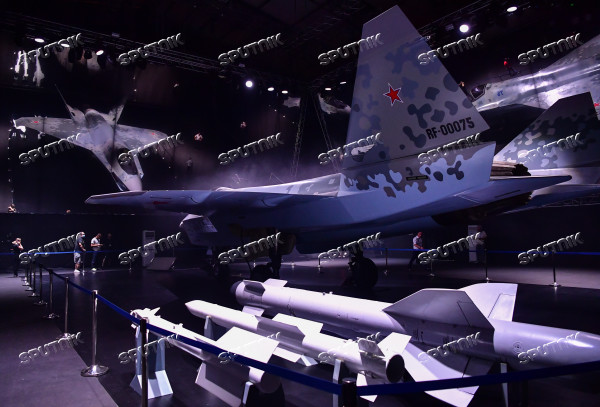

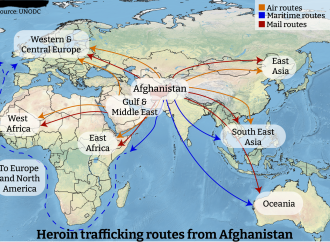
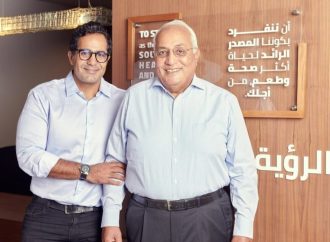


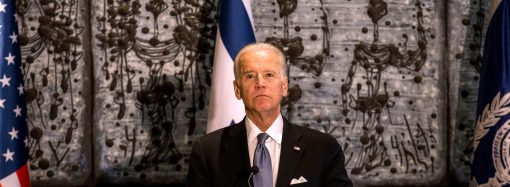


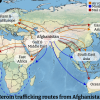






Leave a Comment
Your email address will not be published. Required fields are marked with *